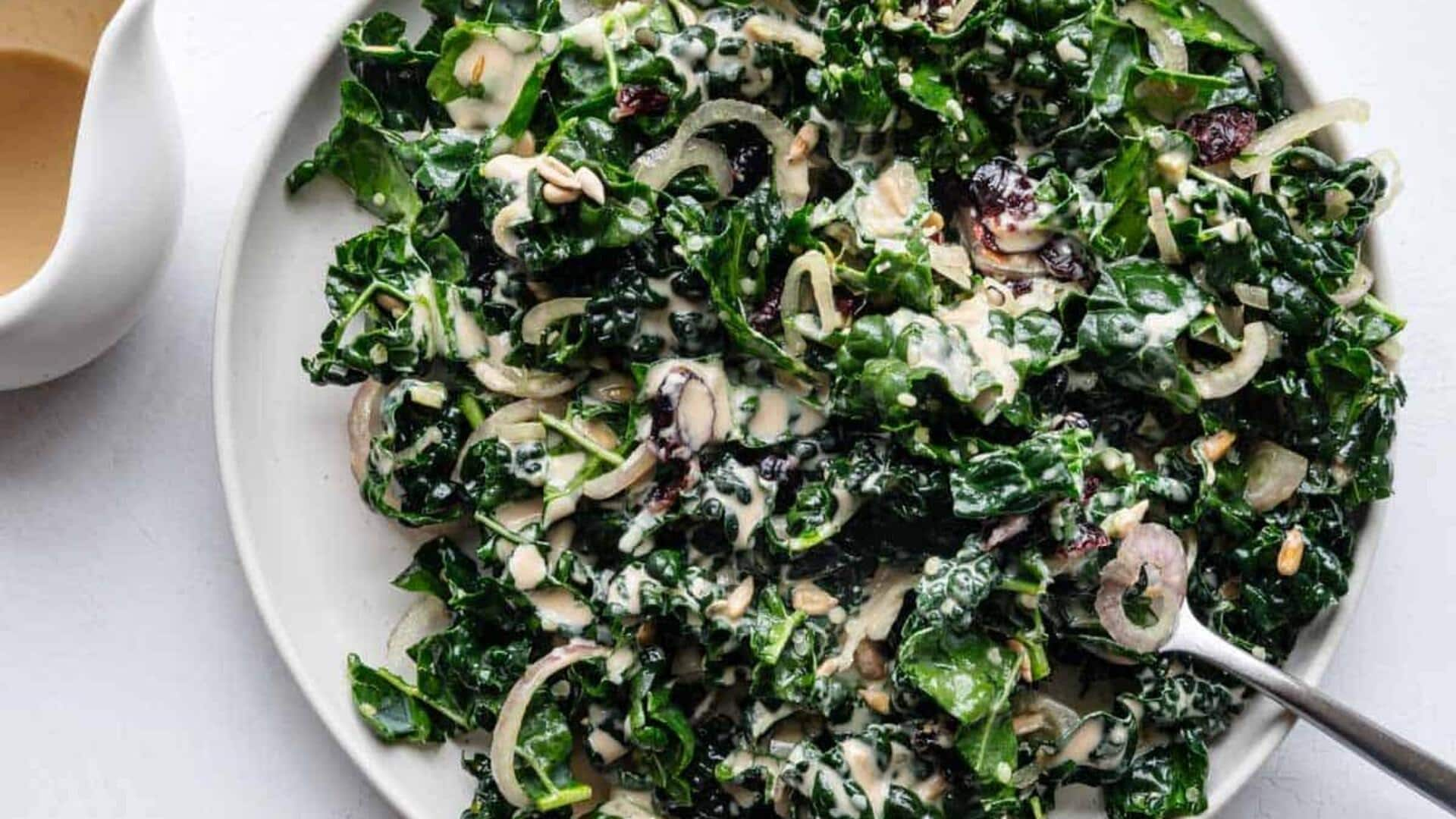Overcooking Spinach
One of the most prevalent mistakes when cooking spinach is overcooking it. Overcooking spinach can quickly lead to the degradation of its delicate texture
and the destruction of vital nutrients. This typically includes water-soluble vitamins like vitamin C and several B vitamins, which are heat-sensitive. These vitamins leach out into the cooking water as spinach is cooked for extended periods. This renders your spinach limp, unappetizing, and significantly reduces its nutritional value. The ideal approach involves brief cooking times and methods like steaming or sautéing. These methods preserve the color, texture, and nutritional profile of the spinach, allowing you to enjoy its full benefits. Rapid cooking methods like blanching for a minute or two can be followed by shocking the spinach in cold water to stop the cooking process. This method effectively maintains its vibrant green hue and firm texture while preserving a greater amount of nutrients.
Using Too Much Water
Another common mistake is using an excessive amount of water when cooking spinach. Cooking spinach in too much water is similar to overcooking, as it causes nutrient loss and can affect the taste. When spinach sits in a large quantity of boiling water, water-soluble vitamins are leached out. This not only reduces the nutritional density of the spinach but also dilutes its natural flavor, resulting in a less palatable dish. Instead of boiling, steaming is an excellent alternative that uses minimal water and preserves nutrients more effectively. When sautéing spinach, a small amount of water can be added to the pan to help it wilt, but ensure it evaporates quickly. A better approach to prevent nutrient loss and maintain the flavor is to opt for techniques such as sautéing with just a little oil or using the moisture that clings to the spinach after washing it. These methods ensure that the spinach cooks in its own natural juices, maximizing nutrient retention and improving the dish's overall taste.
Incorrect Washing
Proper washing is crucial before cooking spinach, yet many people make mistakes that can either leave the spinach gritty or cause unnecessary nutrient loss. It is essential to wash spinach thoroughly to remove any dirt, sand, or pesticides. This is a critical step for any leafy green. Incomplete washing, however, leaves the spinach with an unpleasant texture. On the other hand, aggressive washing or soaking spinach for extended periods can lead to nutrient loss. Many vitamins can dissolve in water, particularly if the spinach is soaked for too long. The best approach is to gently wash the spinach in a large bowl of cold water, swishing the leaves around to remove debris, and then rinsing thoroughly. Repeating this process until no grit remains ensures the spinach is clean without causing nutrient degradation. For delicate leaves, consider using a salad spinner to dry the spinach after washing, which avoids bruising the leaves and minimizes nutrient loss.
Adding Salt Too Early
Adding salt at the wrong time is another common cooking error that can affect the texture and flavor of spinach. Many people add salt early in the cooking process, thinking it will enhance the flavor. Salt, however, draws out moisture, which can make the spinach tough and less tender. This can be especially noticeable if you're sautéing spinach. The early addition of salt can also cause the spinach to release water prematurely, which may lead to a less desirable texture in the final dish. The optimal time to add salt is toward the end of the cooking process, just before serving. This allows the spinach to cook without losing excess moisture, maintaining its tender texture, and absorbing flavors more effectively. Adding salt near the end also gives you greater control over the seasoning, allowing you to adjust the taste to your preferences.
Skipping Flavor Enhancement
Many people miss the opportunity to elevate their spinach dishes by neglecting to add complementary flavors. While spinach has a naturally pleasant flavor, it benefits greatly from the addition of other ingredients that can enhance its taste profile. Cooking spinach without any additional seasonings or flavorings means missing out on a more delicious and exciting culinary experience. Simple additions like garlic, onions, or a dash of lemon juice can transform spinach from a bland side dish into something truly special. Experimenting with various spices, such as a pinch of nutmeg or a sprinkle of red pepper flakes, can also add layers of flavor. To bring out the best in spinach, you could sauté it with olive oil, garlic, and a squeeze of lemon. This not only prevents the loss of valuable nutrients but also ensures your spinach is flavorful and a delightful addition to any meal. By incorporating different herbs, spices, and ingredients, you can create endless variations and elevate your spinach dishes.



